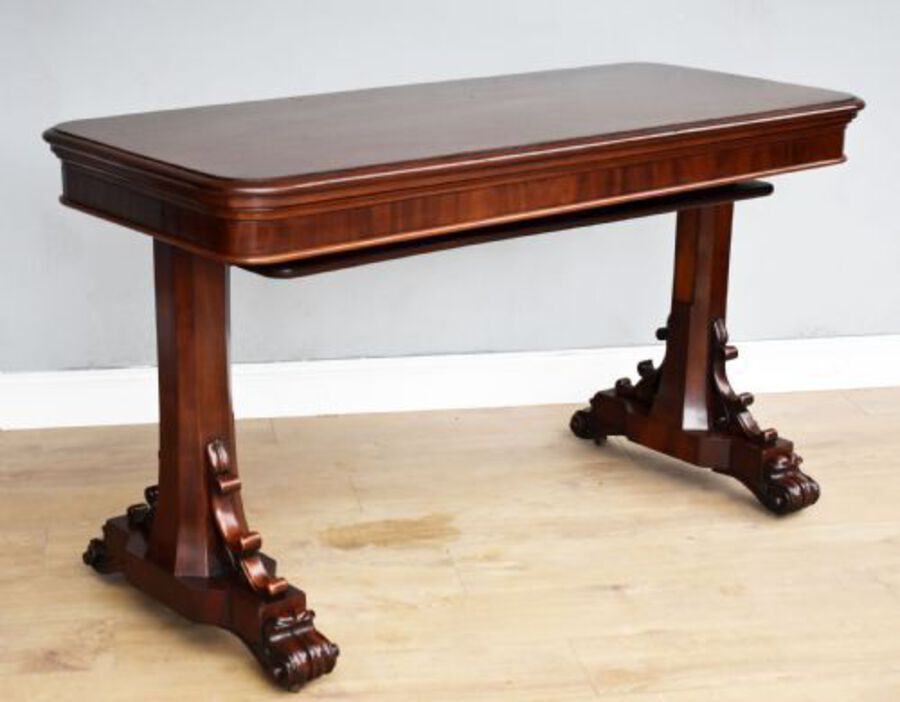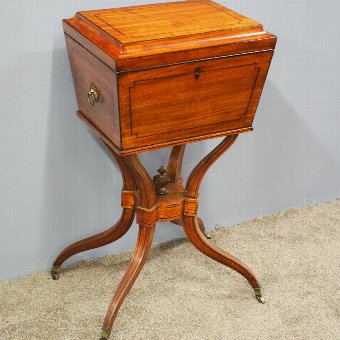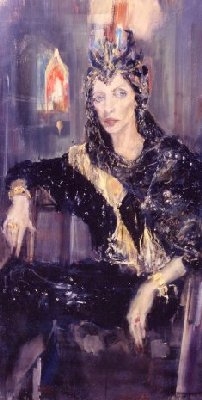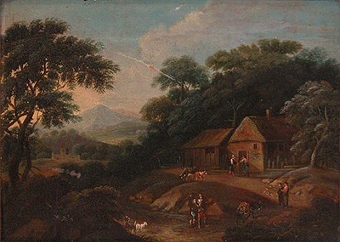a french ormolu-mounted ouraline crystal casket
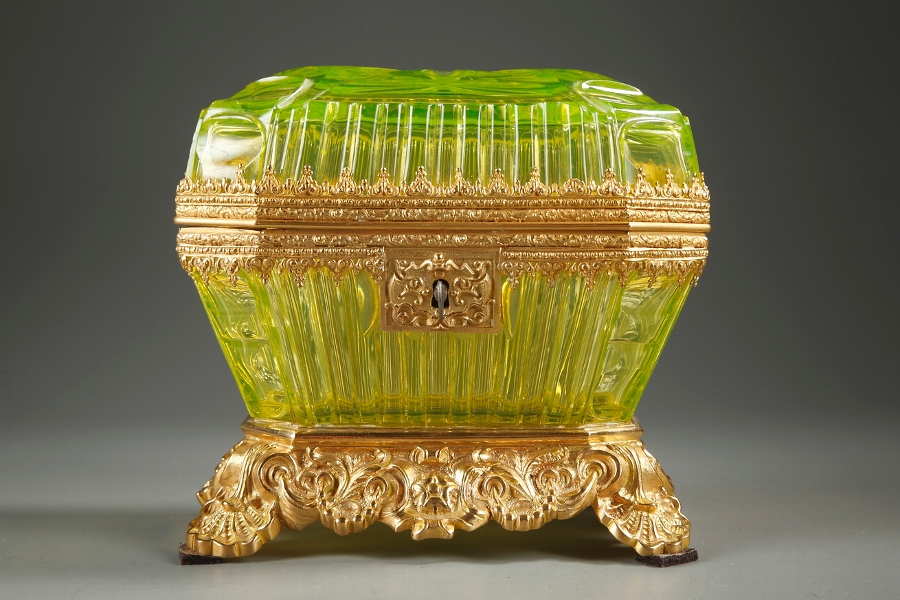
antiques available from other sellers in antiques interior design modern and vintage > other interior design
-
![Victorian Mahogany Telescopic Dumbwaiter]() £1450.00
£1450.00victorian mahogany telescopic dumbwaiter Read more
FB Antiques -
![Regency Mahogany and Inlaid Teapoy]() £1850.00
£1850.00regency mahogany and inlaid teapoy Read more
Georgian Antiques -
![Mara Kova]() POAArtware Ltd
POAArtware Ltd -
![Wooded Landscape with a Farm and labourers]() £3000.00
£3000.00wooded landscape with a farm and labourers Read more
Artware Ltd
- View other items in:
- antiques interior design modern and vintage
- other interior design
Still not found something similar? Why not save a search and get a notification in your inbox when an matching antique is added to our ever-growing database?
Enter your email address to be sent alerts when new items are added to the site that match your search criteria

A fine trapézoïdale ouraline cut-crystal casket with its key and ormolu mounts, adorned with fine nervures, wave-like decoration on the body and a radiant pattern atop. The gilt bronze base is richly decorated with volutes and foliages in the Rocaille style, fashionable under Napoleon III. On each side, it terminates with four shells shaped feet. The superior frame in neo-Gothic style testifies of the voque of the eclecticism in that time, a mouvement that skillfully mix various styles of the past.
Circa :1880
Dim: W: 5,5 in - D: 3,5in - H: 6,3in.
Dim: L:14cm, P:9cm, H:16cm.
Antiques.co.uk Ref: QEHURKA9
Here on antiques co uk we love antiques and specialise in selling antiques. Even though this item was for sale and is now sold or otherwise now unavailable we have many more items for sale including vintage antiques, silver, tables, watches, jewellery and much more for your interiors and home.
Search all the antiques currently for sale on www.antiques co uk. Or why not consider selling your antiques and making sales more easily with us!






